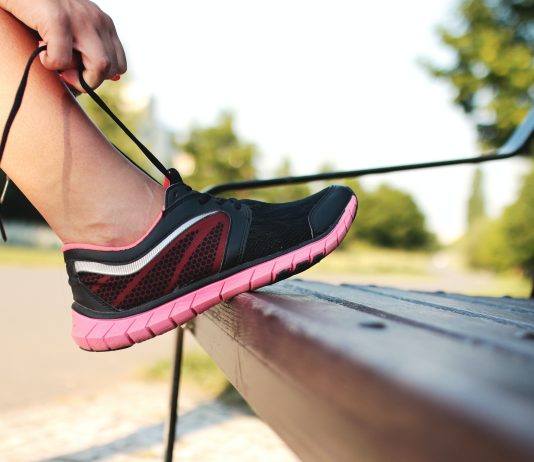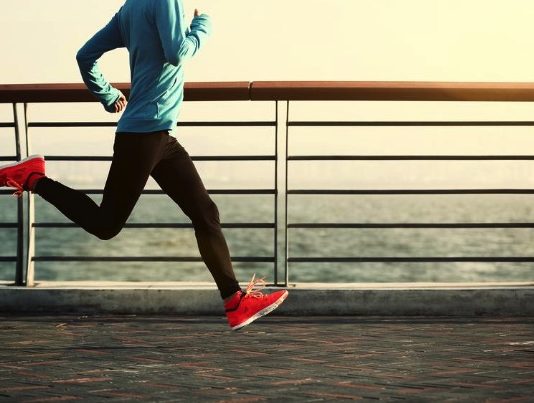Many runners neglect stretching, opting for token quad stretches before a race or park run just because it seems like the right thing to do or because everyone else is doing it. However, an effective pre-run stretching routine involves dynamic stretching, which can have significant positive effects on your entire body and running performance. Besides improving range of motion, dynamic stretching can also help prevent injuries and boost your VO2 max.
Discover the transformative power of targeted low back exercises in safeguarding against pain and injury. The erector spinae, vital for spinal stability, demand focused attention to maintain strength. Unlock the potential of these five essential low back exercises, designed to fortify your core, enhance stability, and promote a life free from discomfort.
The single-leg squat, often referred to as the pistol squat, is an extraordinary variety of the traditional squat that not only captures attention with its impressive appearance but also provides a plethora of advantages. By incorporating this advanced exercise into your fitness routine, you can elevate your balance, flexibility, and quadriceps strength while simultaneously protecting your knees from potential injuries.
For runners and athletes experiencing tightness in the groin and abdominal area, there is a condition that often lurks beneath the surface: osteitis pubis, commonly known as pubic overload syndrome. This repetitive strain injury is frequently observed in sports involving frequent changes of direction, such as football, rugby, netball, or hockey, and can significantly impact performance and overall physical well-being. In this article, we will delve into the intricate details of osteitis pubis, including its origins, diagnostic approaches, and effective treatment strategies to facilitate a successful recovery.
Compression garments have surged in popularity over the past decades, especially among runners. While many athletes swear by their effectiveness, the scientific community has sought to uncover the truth. In a recent comprehensive analysis of 183 studies, researchers have provided valuable insights, suggesting that while compression gear may not live up to all claims, it carries minimal risks.
Stress fractures materialize when weakened bones buckle under excessive weight or repetitive strain. This condition often arises due to an imbalance in bone health, where the body's natural bone-rebuilding process struggles to keep pace with the demands imposed upon it. Fear not, for there are practical measures you can implement to safeguard against stress fractures, ensuring the strength and durability of your bones for years to come.
A stress fracture, characterized by a small, fine break in a bone, is a prevalent injury among runners and athletes who subject their bodies to repetitive strain. While various bones can be susceptible to stress fractures, it is the bones in the legs and feet that face the greatest risk, especially for long-distance runners in rigorous training. Among these bones, the metatarsals in the midfoot area are particularly vulnerable to stress fractures.
Calf weakness is a common hurdle encountered by runners, often resulting in discomfort and potential injuries in the foot and lower leg. When assessing a runner's gait mechanics, one noticeable manifestation is the excessive forward movement of the knee beyond the toe during mid-stance, referred to as increased anterior tibial translation. Although there are several contributing factors to this issue, our primary focus today revolves around the significant impact of calf weakness.
Strengthening Your Glutes: Unlocking Your Running Potential and Preventing Injuries
Runnerstribe Admin -
It's a common refrain for runners: strengthening the gluteal muscles is crucial, especially when seeking guidance from physiotherapists during injury recovery. But have you ever wondered about the true significance of the glutes during running? And can exercises like glute bridges actually make a difference?
Living with chronic pain can be an incredibly challenging and debilitating experience, affecting both physical and emotional well-being. The lower back, also known as the lumbar region, is a common source of discomfort for many individuals and often leads to missed workdays. Surprisingly, lower back pain ranks among the most prevalent causes of absenteeism in the United States.



























